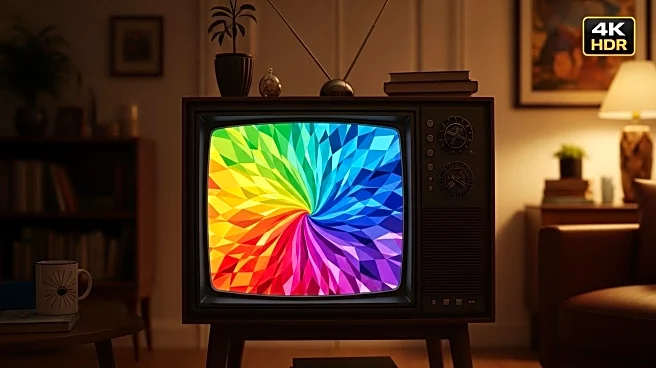What's Happening?
Shonda Rhimes, creator of Grey's Anatomy, confronted the president of ABC during the casting process of the show to ensure it did not become 'an all white show.' Rhimes, who did not specify race in the script, insisted on a diverse cast, leading to a broader range of actors being considered for roles. Her determination resulted in a diverse ensemble cast that has been a hallmark of the series since its debut in 2005. Rhimes' approach was highlighted in the HBO documentary 'Seen & Heard: The History of Black Television,' where she emphasized the importance of fearlessness in creative endeavors.
Why It's Important?
Rhimes' actions underscore the significance of diversity in television and the impact of inclusive casting on the industry. By challenging traditional casting norms, Rhimes set a precedent for future shows, promoting representation and diversity. Grey's Anatomy has become a model for inclusivity, influencing other productions to prioritize diverse storytelling. This move has broader implications for public policy and societal attitudes towards race and representation in media, encouraging more inclusive practices across the entertainment industry.
What's Next?
Grey's Anatomy is set to premiere its 22nd season, continuing its legacy of diverse storytelling. The show's ongoing success may inspire other creators to adopt similar approaches to casting and narrative development. As the industry evolves, there may be increased pressure on networks to prioritize diversity and inclusivity in their programming. Stakeholders, including producers and actors, will likely continue advocating for representation and challenging traditional norms.
Beyond the Headlines
Rhimes' confrontation with ABC highlights the ethical considerations in media production, particularly regarding representation and diversity. It raises questions about the responsibilities of creators and networks to reflect societal diversity and address systemic biases. The documentary's focus on Rhimes' actions may inspire discussions about the role of media in shaping cultural perceptions and the importance of diverse voices in storytelling.











